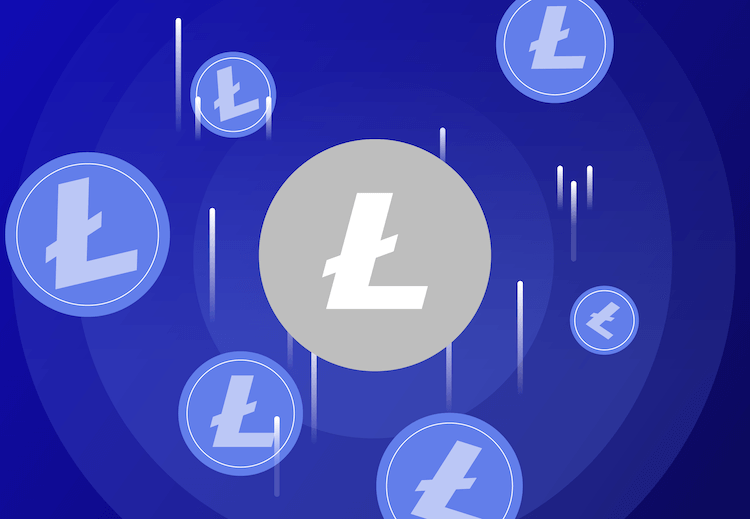
Calculating the exact value of NFTs is difficult because they are fairly new to the asset market. While famous works of art and collectibles have their own set value, it is difficult to estimate the real value of NFT assets and collectibles. This has been a problem for investors when analyzing them.
Factors that determine the value of NFT
But as NFTs permeate many industries and reach sometimes extremely high values, three main factors have emerged to assess their value.
1. Rare
This factor reflects how rare and hard-to-find a particular NFT is. Examples of high rarity are a first-of-its-kind piece of art from a famous author in the digital art industry or an NFT created by a celebrity. Another rarity factor is the action that an NFT provides, such as in a video game.
People are attracted to such NFTs because of their intrinsic value as well as the onchain proof of ownership of such an asset. This gives a sense of exclusivity and determines the premium value of NFTs.
Vivid examples of the uniqueness effect in the crypto industry are the first CryptoKitties, “Everydays – The First 5000 Days” by Beeple and other assets.
2. Usefulness
The usefulness of an NFT stems from its actual use in the physical or digital world. For example, some NFTs are more than just collectibles because they can be used in games as virtual lands, spells, or characters. Such characteristics give NFTs a value that accumulates over time depending on the popularity of the underlying project. As the community of decentralized game players grows, more of them will be willing to pay significant sums for a unique card.
Examples of such NFTs include NFT tickets to Euro 2020, property in Decentraland, or collectible cards such as Heralt of Rivia in the card game The Witcher Universe Gwent.
3. Materiality
Some NFTs are tied to real-world objects, which gives them value in terms of ownership of a tangible object, which is also backed by an undeniable right of ownership. In fact, anything can be attached to an NFT in order to secure thereby the right of ownership, although this does not make the object unique or sought-after. The primary value of such an object would be determined by its practicality, rarity, and the personal satisfaction it brings to its users.
For example, having an NFT ticket to an exclusive event with celebrities is far more valuable, both internally and on a personal level, than owning an NFT proving ownership of a bottle cap.
In the marketplace, many NFTs with tangible value are best suited for short-term trading. The reason for this is that some NFTs have an expiration date (e.g., tickets). Meanwhile, other collectibles, such as limited edition sneakers tied to NFTs, can accumulate value over time as the number of items in circulation decreases.
The main conclusions
- NFTs are much more than just collectibles, as the possibilities for their real-world applications are endless.
- The three key factors to consider when assessing the intrinsic value of NFTs are rarity, utility, and materiality.
- The value of an NFT depends on the length of time it is held, as well as the underlying asset that the NFT represents.
- Binance NFT, the leading NFT marketplace, has a large selection of NFTs for collectors and traders, from both rank-and-file authors and exclusive offerings, as well as a series of mystery boxes from leading brands and artists from around the world.
The cryptocurrency market does not stand still. New types of assets, new altcoins, stabelcoins, and other tokens appear all the time. But every few years, a new type of asset appears that explodes the market, showing rapid growth in quotations and the number of applications.
Non-exchangeable tokens (NFTs) have taken over almost every area of the decentralized industry, becoming a bridge between the digital and real world. As the name implies, NFTs are unique tokens that give their holders uncontested ownership of certain assets.
As an asset class that can be associated with artwork, sneakers or collectibles in games, NFTs have become very sought after in the cryptocurrency market.
Conclusion
The value of an asset depends largely on personal perception, but intrinsic value does obey a series of market rules. When it comes to NFTs, the rules are limited to three main factors that depend on the issuer of the NFT. In essence, the value of NFTs lies in their short-term and long-term resale value.
The versatility of NFTs as an asset class provides limitless possibilities for their use, taking them beyond collectibles or the digital form of tangible objects. In the real world, NFTs can be used for anything from verifying airline tickets and voting rights to marking objects to prevent theft.
Read more articles about cryptocurrencies and mining at CRYPTO-WALLETS.ORG.
The Telegram channel about cryptocurrency and mining Bitcoin, Ethereum, Monero and other altcoins:


